Up Next

F1 2023 is all about evolution rather than revolution and a very straightforward opening day of pre-season testing reflected that.
The ‘wow’ moments were kept to a minimum but the beauty of such a day is we had plenty of information to sift through.
These are the main takeaways from day one in Bahrain.
Red Bull’s off to an ominous start
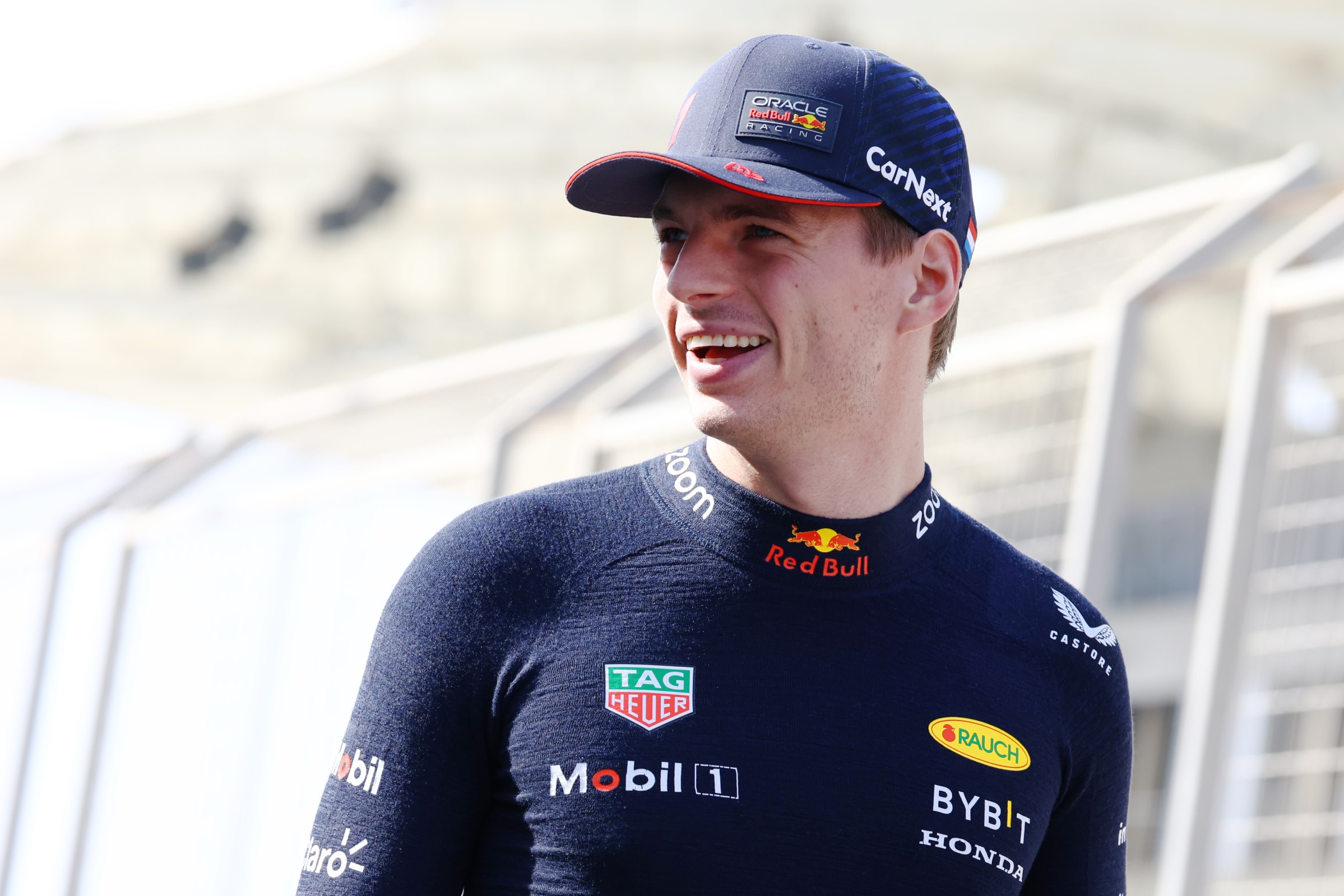
As Mark Hughes has pointed out in this piece, “it is very clear the Red Bull is very fast and the team is in great shape”.
Judgements are tricky in testing but of the key raw metrics – laptime, reliability and how the car looks on track – we have at our disposal there is nothing to suggest the RB19 isn’t in a very good position after day one.
Verstappen’s simple summary rammed home a key point, which is that this was as trouble-free a day as any team could hope for.
“We completed a lot of laps which is what we wanted – almost three grands prix worth,” he said.
“It was also a smooth day. We barely had any issues and we could really focus on the car and try a few things.”
That’s born out in both how the car looked on track and how easily the laptime seemed to come, even at this early stage. – Scott Mitchell-Malm
Launch/shakedown specs were pretty accurate
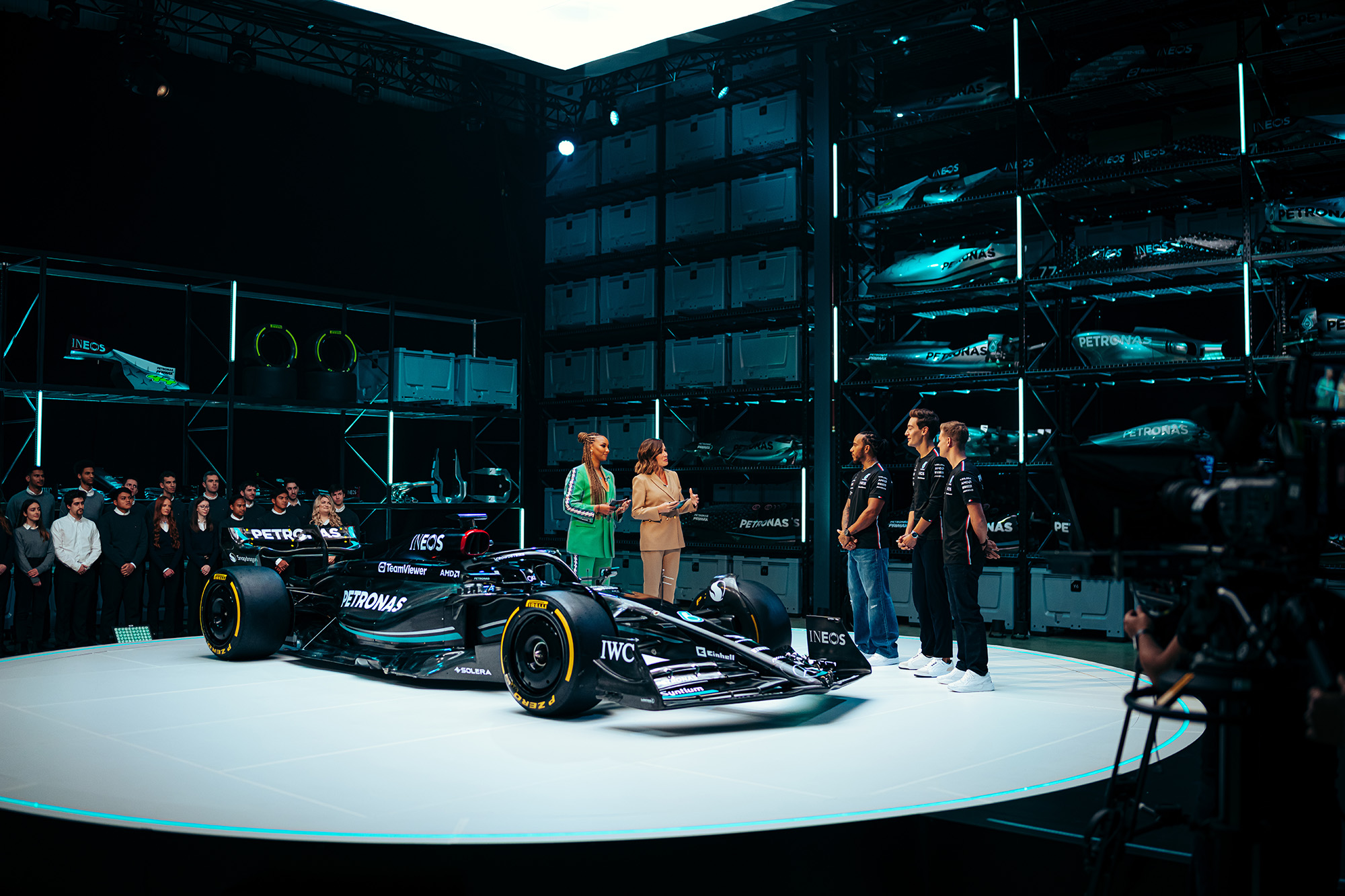
There’s always the tantalising expectation that on the first day of testing myriad innovative car tweaks will be revealed – having either been cleverly hidden or deliberately omitted from launch spec.
But this was a day when such revelations were restricted to subtle aero tweaks.
That’s perhaps indicative of the phase F1 teams have moved into with these cars. They have their concepts locked in, they understand them relatively well and now it’s all about the incremental fine-tuning and the constant massaging of aero surfaces to optimise the airflow in every way. Cumulatively, there can be huge performance gains in all of those changes.
But it’s only day one and there might be plenty more to be revealed yet. – Edd Straw
McLaren floor secrecy was overplayed
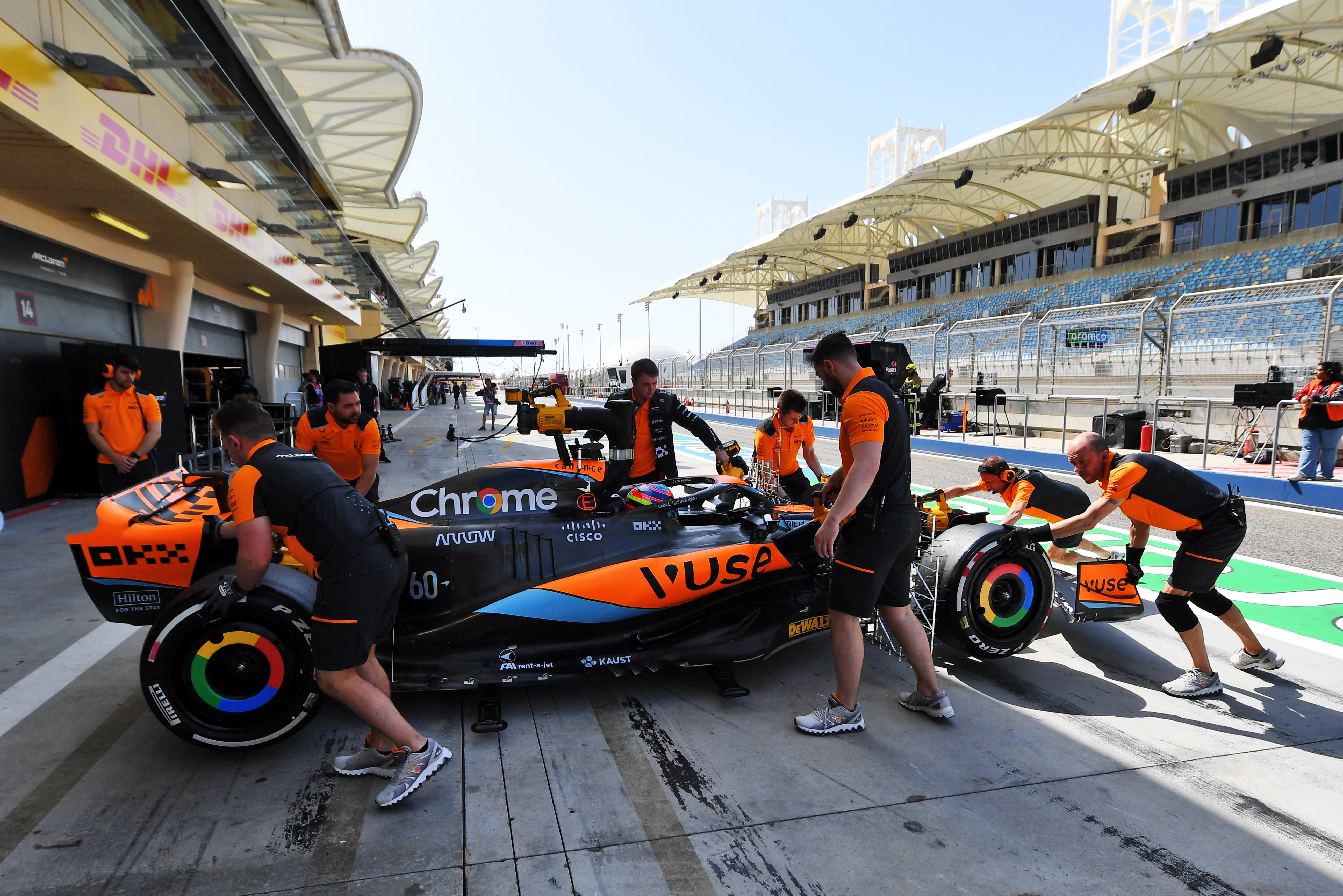
There was a buzz around McLaren’s car on the day of its shakedown ahead of the test because of some secrecy around the floor.
McLaren blurred the floor in the still and moving images that the team put out, although it was clearly visible in some other shots.
Go, Oscar! First laps in the bag with the #MCL60. ✅ pic.twitter.com/vHKkRoXFze
— McLaren (@McLarenF1) February 21, 2023
The smoke and mirrors is not uncommon – in fact, McLaren pulled this trick at a Silverstone shakedown in 2021, disguising its bargeboards at the time – and given McLaren did not reveal its floor clearly at the launch it seemed there was some deliberate secrecy going on.
When the car was rolled out for some group season launch photography with all the other teams on the first morning of the test, there was no more hiding. The floor was on full display.
Or was it, given how similar it looked to a 2022 McLaren floor?
Apparently, it was. So this is the real McLaren floor, which… isn’t actually anything special, at least on the outside. It continues to follow an established Red Bull concept.
What was with all the blurring, then? Just McLaren wanting to disguise what it was doing as long as possible? – SMM
The Mercedes isn’t porpoising badly
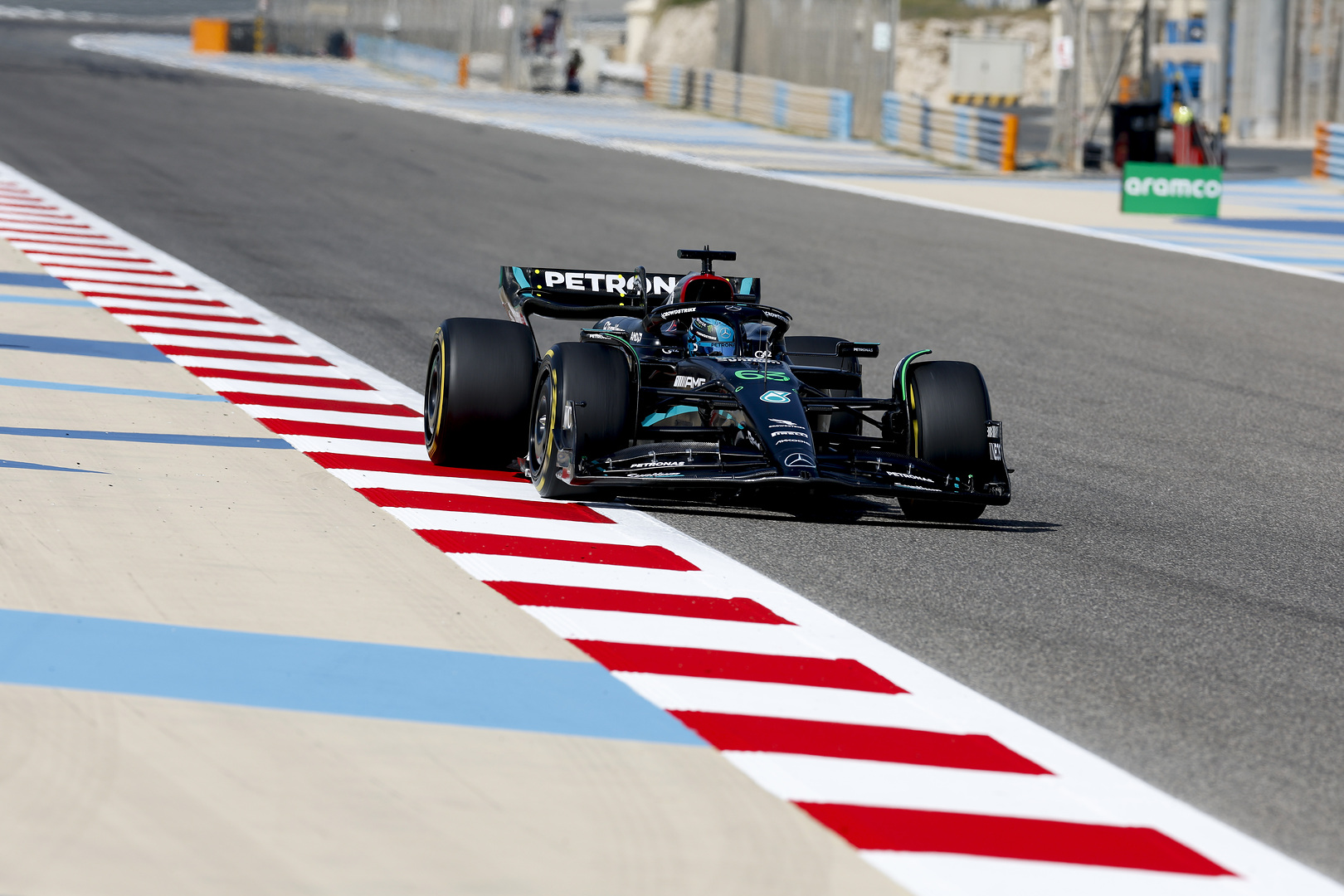
There were mutterings after the shakedown that Mercedes might still be suffering some porpoising issues, but things went well in Bahrain.
Watching from trackside, the bouncing that was clearly visible here pre-season last year wasn’t in evidence on the straights.
Team principal Toto Wolff did say there was “a little bit of movement in Turn 12, but not anywhere close to what we’d seen last year and not close to performance-limiting”. The car also looked responsive on track, particularly on turn-in.
This appears to be confirmation that Mercedes is in for a far more ‘normal’ first part of the season.
Last year it was troubleshooting, this year it’s all about wringing every last iota of performance out of the car and making developmental gains to allow it to take the fight to Red Bull and Ferrari.
As Wolff said, “it’s a good starting point”. – ES
Aston’s poor start ends with proper lap
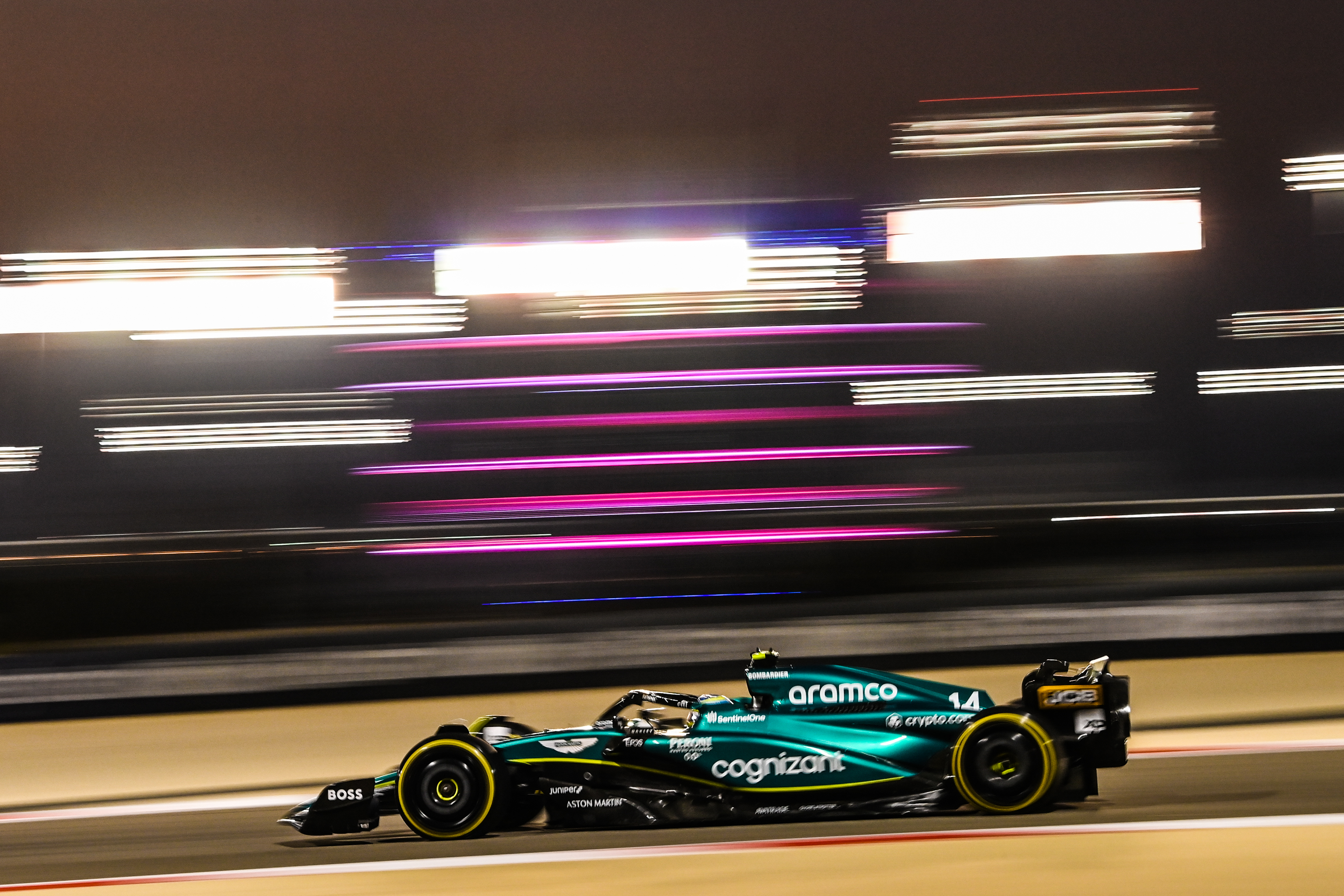
Any time in the garage is costly in testing. Two spells are particularly problematic. So for a while, Aston Martin’s opening day looked like it would at least be described as disappointing from a mileage perspective.
That turned out to not be the case – or certainly not as bad as it could have been, given Alonso’s afternoon running (delayed by repairs to some floor damage) took the team’s tally past 100.
In terms of laptime though, this was potentially an eye-opening performance.
The way Alonso was pushing – visibly harder than any other driver – and the timing of his run (in the dusk) plays to this being more of a qualifying simulation than perhaps any other team.
Nonetheless, what stood out instantly is the fact Alonso’s laptime basically matched the quickest Aston Martin qualifying lap. Nobody else got near their 2022 qualifying time.
Given the progress Aston Martin made last year it is no surprise that the 2023 car is starting life so well by comparison.
Nonetheless, what looked like an inauspicious start to the test has ended with Aston Martin looking and sounding rightly pleased. – SMM
Team preparedness has really paid off
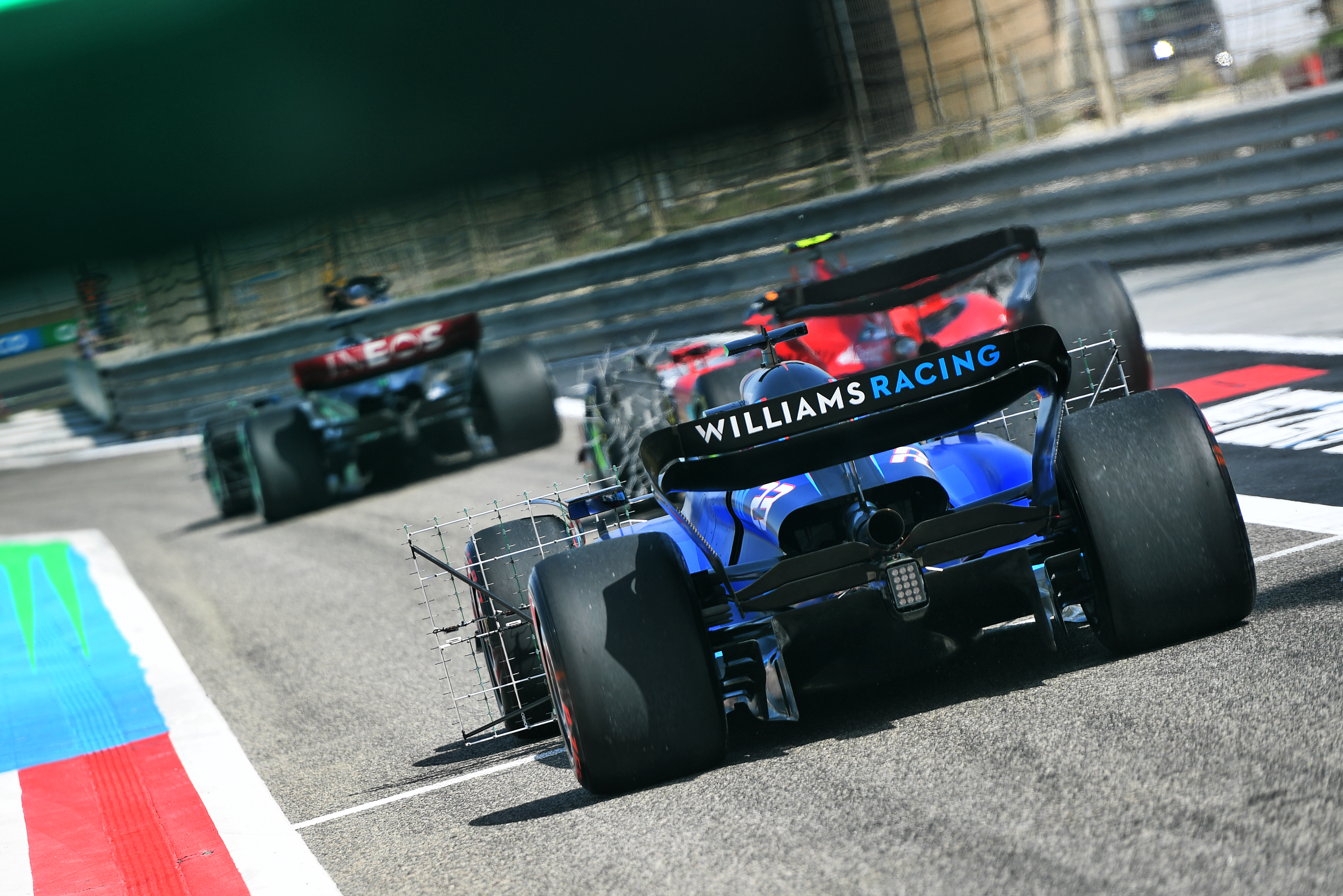
Every single team completed at least one filming day prior to the start of testing, meaning they were able to put together significant mileage with minimal interruptions. That’s despite Aston Martin causing an early red flag.
In total, the 10 cars logged 6796km, which is just over 31% more than the total distance covered on the first day of each of the Barcelona and Bahrain tests last year.
Of course, those were cars still in their early days after a major regulation change whereas the current packages, while new, are much better understood and with power units that are carried over from last year.
But amid the complaints about there being only three days of running, it’s very clear that all 10 teams are going to make the most of it. – ES
McLaren clears the (very low) 2022 bar
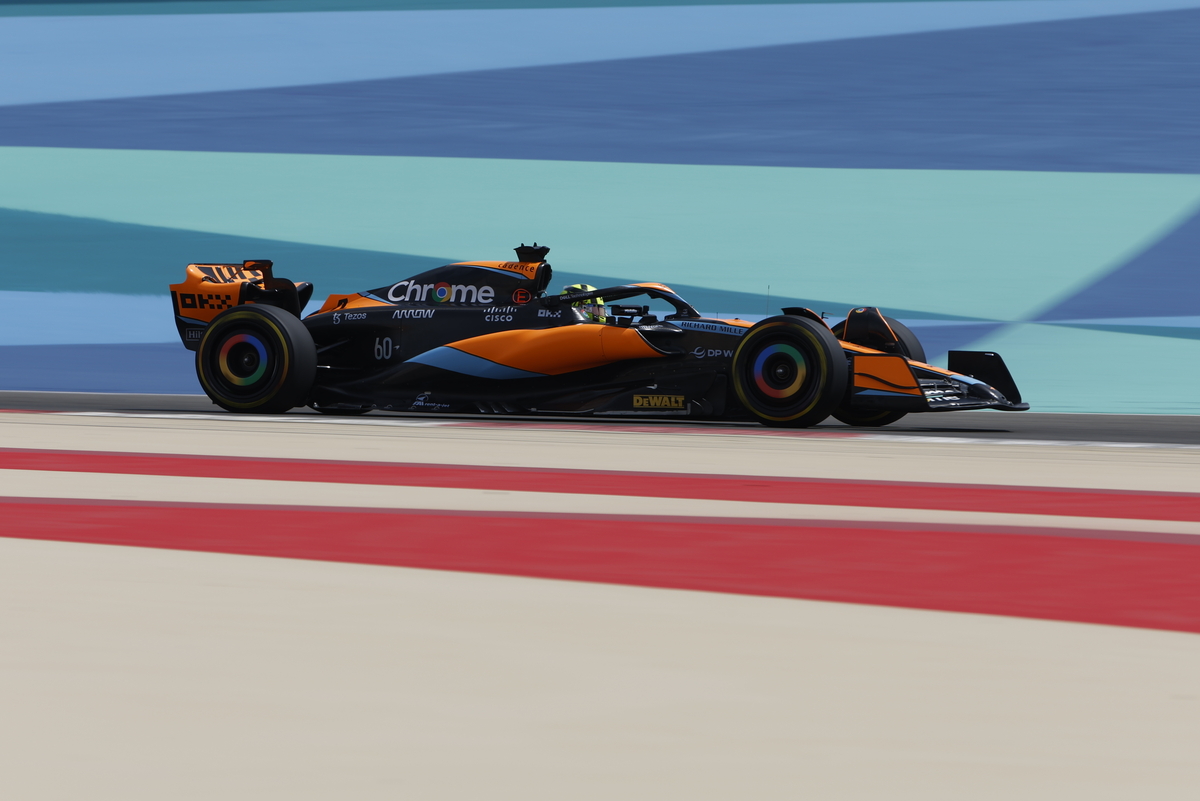
The brakes weren’t on fire, two drivers were participating, and McLaren racked up plenty of mileage with a decent headline laptime. This comfortably cleared the very low bar set by the same test in 2022.
The McLaren never looked terrible, nor totally convincing. It was a little inconsistent at both Turns 10 and 11, two very different profiles of corner that we watched trackside from for the entire final hour.
It’s difficult to make a fair judgement based on one snapshot of running but there were a couple of occasions when Norris wasn’t able to get the car turned in as hoped, leading to some variance in lines.
This may be a hint of last year’s problems, or a reflection of the type of run he was on and with tyres that were past their best.
His laptime was six tenths shy of Alonso and if that isn’t entirely explained away by fuel loads, engine modes and driver commitment – which it could well be – then McLaren will have lost ground in the midfield fight, rather than gained it.
But we don’t know for sure. We need to see more of the McLaren to determine whether the relative pessimism around its launch proves to be accurate, or a bit of exaggerated downplaying of its prospects. – SMM
Alfa Romeo’s hit its targets
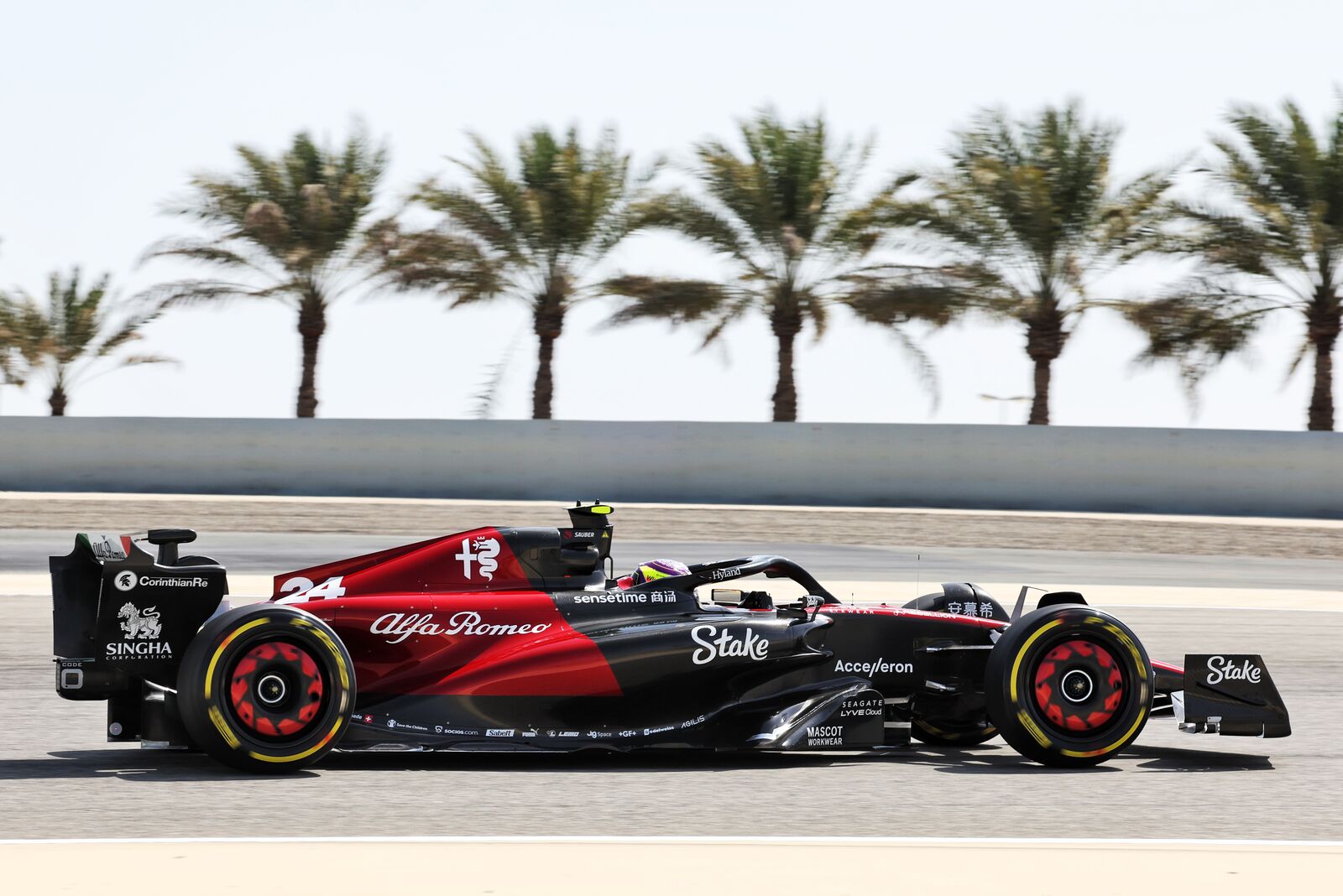
When the new Alfa Romeo was launched, technical director Jan Monchaux made much of the fact the focus had been on improvements towards the rear of the car aiming at tackling its main Achilles Heel of last year – rear instability in the faster corners.
Both Zhou Guanyu and Valtteri Bottas, who split the running on the first day of testing, indicated progress had been made.
“Last year the issue was how big the difference was from low-speed to high-speed corners,” said Bottas. “We always had understeer in low-speed corners but oversteer in the high-speed. So it was always a compromise, but now the balance window between low- and high-speed is more together.”
The other problem last year was reliability, which was down to a mix of Ferrari power unit problems and Alfa Romeo’s own troubles – in particular with cooling.
But after notching up a market-leading 12 DNFs last year, Alfa came through with 138 laps today. That’s not far short of two-and-a-half race distances in Bahrain. – ES








